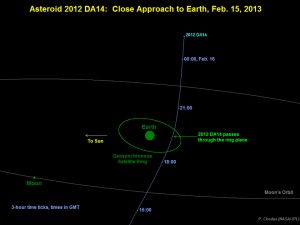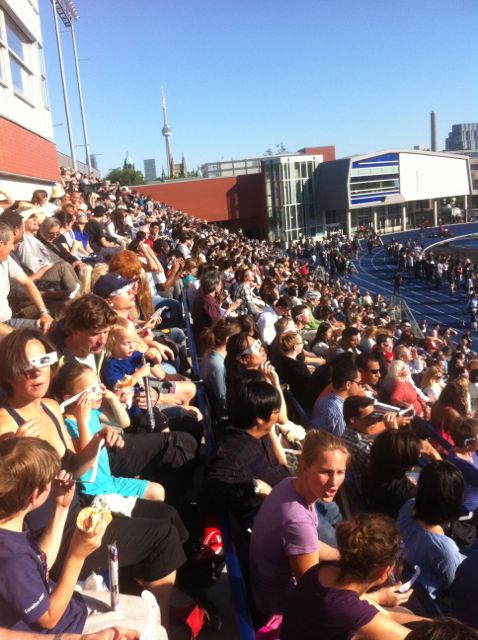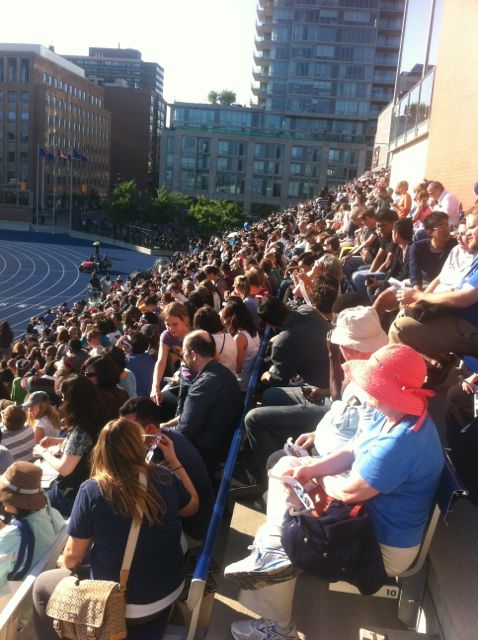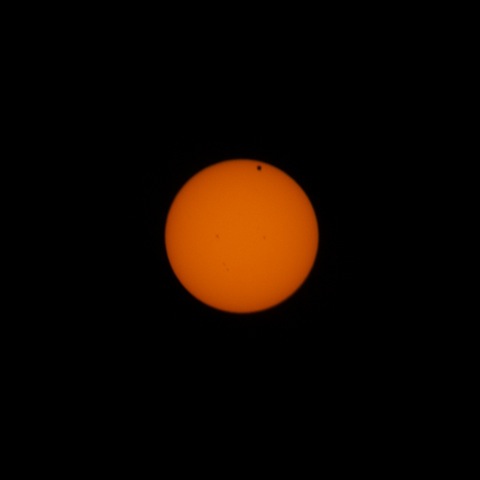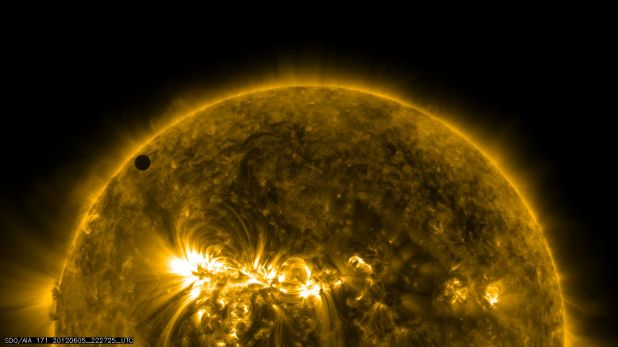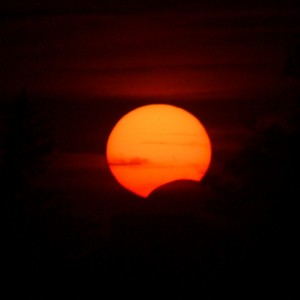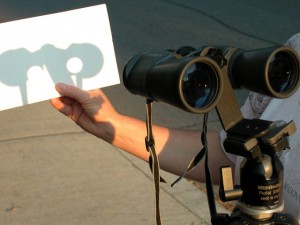Chris Hadfield’s Space Oddity
Music Monday with Chris Hadfield
Monday, May 6 is Music Monday. Check this link.
Apollo Rocket Engine Recovered from Ocean Floor
Launched more than 40 years ago, the huge engine from a Saturn V rocket has been recovered from the ocean floor in an expedition financed by billionaire Jeff Bezos. For more information, click here.
Where in the World is Chris Hadfield?
Upcoming Chris Hadfield Events – March 2013
Upcoming Chris Hadfield Documentaries during March Break.
In Toronto the documentaries are being aired on Channel 9 – Crossroads Television System or CTS for short. If you have High Def it is labeled as CTSHD. The dates and times are as follows
Sat March 9, 9-10 pm – Here I Stand- The Chris Hadfield Story
Wed March 13, 8-9 pm – The Chris Hadfield Story – The Sky is Not the Limit
Also a reminder that NASA’s TV channel is available through Rogers on
254 – Standard Def
579 –High Def
You can watch live coverage and special events like press conferences, media events and educational programming.
As a Canadian there are some VERY important and special dates coming up on NASA TV. They are:
Monday March 11 – 13:30 – 14:00 – Chris talks with Let’s talk Science
Tues March 12 – 10-10:30 – CNN Newsroom program talk with the astronauts
Wed March 13 – 17:10 – 17:30 – Exped 34/35 -Change of command ceremony (This is where Chris becomes the first Canadian to command a space mission)
Thu March 14 – 16:45 – 18:00 – Exped 34 Farewell and Hatch closing
Thu March 14 – 22:45 – 12:30 – Exped 34 Deorbit burn and landing
Fri March 15 – 13:30 – 14:00 – VIP event with CSA
Fri March 15 – 14:00 – 14:30 - Exped 34 landing / post landing PC
Mon March 18 – 12:00 – 12:30 – Exped 35/36 Crew depart of Baikonur
This is a rare and special time for Canadians, let’s make the most of it.
Earth Flyby of Asteroid DA14
On Friday, February 15, 2013 Asteroid DA14 flew past the Earth approximately 27,000 km away, closer than many of our communication and weather satellites. The asteroid was about 45m in diameter – often described as “half a football field” in size. This asteroid was first discovered in February 2012 by amateur astronomers in Spain. Fortunately, the asteroid did not impact the Earth and the odds of this asteroid impacting the Earth in the foreseeable future are very small. For more information, click here.
In 1908, a similar sized asteroid was believed to have caused the Tungusta event. In a remote part of Siberia, Russia, an asteroid exploded above the ground and devastated over 2,000 square kilometres of forest. For more information on the Tungusta Event, click here.
Coincidentally, also on Friday February 15, 2013 a meteorite about the size of a school bus, burned up in the atmosphere above the city of Chelyabinsk, Russia. The sonic boom broke hundreds of windows. For more information, click here.
- Asteroid 2012 DA14 close approach to Earth showing the orbit of 2012 DA14 relative to Earth. Note that the asteroid not only passes much closer to Earth than the Moon’s orbit, but even closer than geosynchonous satellites (e.g., satellite TV satellites). NASA/JPL
The Last Transit of The Century!
(The following report is for a current events report written by Helen, grade 6.)
Today, June 5th 2012 was the last Venus transit for 105 years, making the next Venus transit 2117. Today was the last Venus transit of the century! At the Varsity Stadium, there was a huge event hosted by the UofT’s Dunlap Institute of Astronomy. Here, they gave out special “Boundless Vision” glasses to look at the Sun, so that you can look at the Venus transit without hurting your eyes.
This event was a blast! Mr. Goodyear and Ms. Chiswell, my sister, my parents and I were among the 5,000 or more people who visited the stadium. The whole arena was a-buzz with the excitement of Venus passing over the Sun. Wide-eyed children, excited grad students and smiling adults surrounded the stadium. It was a moment, s special moment in history: the Venus Transit.
In case you are unaware of what the Venus Transit is, it is when Venus crosses over the Sun and it is visible to Earth causing Venus to look like a little black dot moving across the Sun. Now, you might be thinking, “Why is this so special? Doesn’t Venus go around the Sun all the time, just like we do?” And the answer is yes. Venus does go around the Sun quite often. But, Venus goes around at an angle. So, it is very rare that we are at the right angle to witness Venus cross the Sun.
Overall, I think that the Venus Transit is really rare, mind blowing, interesting and cool and I am very glad that the Dunlap has decided to host this amazing event. Thank you Venus! Thank you Sun! Thank you Dunlap!
Partial Solar Eclipse – May 20, 2012
Varsity Stadium Venus Transit Event June 5, 2012
(Copied from http://universe.utoronto.ca/special/transit2012)
 Time lapse of the 2004 transit of Venus. (Image credit: Antonio Cerezo, Pablo Alexandre, Jesús Merchán y David Marsán.)
Time lapse of the 2004 transit of Venus. (Image credit: Antonio Cerezo, Pablo Alexandre, Jesús Merchán y David Marsán.)
On June 5, 2012, the planet Venus will pass across the face of the Sun. This phenomenon, called a ‘transit of Venus’, has not happened since 2004 and will not happen again until 2117. For most of us, this is our last chance to see this spectacular celestial event.
The transit of Venus can be seen with the unaided eye, if special precautions are taken, such as wearing ‘transit glasses’ that make it possible to look directly at the Sun without injuring your eyes. The Dunlap Institute for Astronomy and Astrophysics (DI) at the University of Toronto has produced 43,000 pairs of transit glasses and distributed them across Canada and to select destinations internationally.
Nationally, these glasses are available from local universities and branches of both the Royal Astronomical Society (RASC) and the Fédération des astronomes amateurs du Québec (FAAQ).
If you’re in the Greater Toronto Area, we’d like to invite you to the University of Toronto’s Varsity Stadium on June 5th to observe the transit with us!
June 5, 2012 — Come Watch the Transit With Us!
Starting at 5:30 p.m. on June 5th, 2012, astronomers will be on hand at Varsity Stadium at the University of Toronto to lead the public in viewing the transit of Venus. Activities at this event will include:
- Free transit glasses – free transit glasses will be provided to the first 4000 guests.
- Ask-an-Astronomer – astronomers from the University of Toronto will be ready to answer any questions you might have about the transit or any other topic in astronomy.
- Telescopic viewing of the transit – we will have special solar telescopes set up to allow you to view the transit in spectacular detail–plus, whatever else is visible on the Sun’s surface that day, including potentially flares and sunspots.
- Planetarium shows – we will be staging special transit-themed planetarium shows on-site all evening.
- Public talk and question period – want to know more about how transits are being used today to find potentially life-bearing planets orbiting other stars? This is the talk for you!
Viewing the Transit With Transit/Eclipse Glasses
Please consult the brochures below–in English, French, Spanish, or Chinese–for instructions on how to view the Transit of Venus safely using transit glasses (also called eclipse glasses).
English text prepared by Michael Reid. Translations by Alice Chow and Jeffrey Fung (Chinese), Rémi Lacasse (French), Mariangela Bonavita (Italian), Slavek Rucinski (Polish), Daniela Gonçalves (Portuguese), Linda Strubbe and Maria Montero-Castaño (Spanish), and Quang Ngyuen Luong (Vietnamese).
Resources for Teachers
Grade 9 Science
We have put together a worksheet that grade 9 science teachers can use with their students to investigate transits. The worksheet emphasizes conceptual understanding and is entirely non-mathematical. The worksheet builds on the idea of the transit of Venus to encourage students to think about ongoing searches for planets in other solar systems–the so-called ‘exoplanets’. The worksheet is available here:
Grade 9 Science Transit of Venus worksheet
This worksheet can be paired with a transit simulator that students can build themselves. The transit simulator can be built inexpensively using materials available from The Home Depot and Michael’s craft store. Detailed instructions about how to build and use the transit simulator, as well as a parts list, are available in this paper:
Transit Simulator Instructions
A copy of the presentation made by Dr. Michael Reid of the Dunlap Institute for the 2012 Eureka conference of the Toronto District School Board can be found here:
Eureka 2012 — Incorporating Transits into Grade 9 Science
Grade 12 Physics
We have also put together a more mathematically intensive worksheet suitable for use in Grade 11 or 12 physics classes. It is available here:
How Far is the Sun – Worksheet
(Header image Credit: Wikimedia Common user SimonP)
Venus Transit – June 5, 2012
On Tuesday June 5, 2012, Venus will transit the sun for the last time this century. The next Venus transit will occur on December 10, 2117, more than 100 years from now. Although Venus transits have occurred for millennia, they have only been observed six times before in recorded history.
Never look directly at the sun. However, the transit can be observed with properly approved eye protection (e.g., mylar glasses), or by using a projected image of the sun (see photo).
Image of the sun projected through a pair of binoculars. It is safe to look at the image on the white card.
However, this method requires adult supervision – NEVER look through the binoculars at the sun.
For more information, please visit the “Explore” section of this website and scroll down to “Venus Transit Resources.”
Simulation, courtesy of Starry Night Pro software.
ADDENDUM (From RASC): The PowerPoint Presentation shared by Ron Macnaughton is excellent!
Transit of Venus
by Ron Macnaughton, Chair, Education Committee
A PowerPoint talk on the transit of Venus is posted here. If any Centre wishes to show this half-hour presentation feel free. It talks about:
|
||||||||||||||||||||||||||||||||||||

